by Shelley Pineo-Jensen, Ph.D.
Pink or Blue - Which are You?
The quick answer is: neither.
According to an article on the Smithsonian website, assigning the color pink to girls and blue to boys did not become popular until the 1940s. Interestingly, an article published in Earnshaw's Infants' Department in 1918 advised that “The generally accepted rule is pink for the boys, and blue for the girls. The reason is that pink, being a more decided and stronger color, is more suitable for the boy, while blue, which is more delicate and dainty, is prettier for the girl.” (1) As recently as 1927, “Time magazine printed a chart showing sex-appropriate colors for girls and boys according to leading U.S. stores. In Boston, Filene’s told parents to dress boys in pink. So did Best & Co. in New York City, Halle’s in Cleveland and Marshall Field in Chicago.” (1)
In this photo of Franklin D. Roosevelt as a young lad, he wears fashionable clothing of the era: a dress, a hat with a feather, and patent leather shoes. White was commonly used for children because it was easy to bleach and keep clean looking. Boys’ hair was commonly kept long until the age of six or seven.
The quick answer is: neither.
According to an article on the Smithsonian website, assigning the color pink to girls and blue to boys did not become popular until the 1940s. Interestingly, an article published in Earnshaw's Infants' Department in 1918 advised that “The generally accepted rule is pink for the boys, and blue for the girls. The reason is that pink, being a more decided and stronger color, is more suitable for the boy, while blue, which is more delicate and dainty, is prettier for the girl.” (1) As recently as 1927, “Time magazine printed a chart showing sex-appropriate colors for girls and boys according to leading U.S. stores. In Boston, Filene’s told parents to dress boys in pink. So did Best & Co. in New York City, Halle’s in Cleveland and Marshall Field in Chicago.” (1)
In this photo of Franklin D. Roosevelt as a young lad, he wears fashionable clothing of the era: a dress, a hat with a feather, and patent leather shoes. White was commonly used for children because it was easy to bleach and keep clean looking. Boys’ hair was commonly kept long until the age of six or seven.
When my daughters were babies, in the early 1980s, pink for girls and blue for boys was less fashionable than it had been. Women were committed to raising their girls to have more opportunities, and femininity was challenged as a reflection of oppression. There was a range of products available for babies in gender neutral greens and yellows, bright reds, etc. Frilly pink for girls was out!
A Google Image search of the term “baby clothes” conducted on March 29, 2015 reveals that we are back to a time of gender colorizing infants. These “Newborn Baby . . . Perfect Shower Gift[s]” (2) come in color sets for a girl or a boy:
A Google Image search of the term “baby clothes” conducted on March 29, 2015 reveals that we are back to a time of gender colorizing infants. These “Newborn Baby . . . Perfect Shower Gift[s]” (2) come in color sets for a girl or a boy:
Girls’ sports themed baby outfits are also “feminized” (that is made in pink, with the addition of frills and bows), as compared to boys outfits, as seen in these examples:
| “Hit a home run for your little guy's wardrobe with this boys' Nike baseball creeper and hat set.” (3) | “Seattle Seahawks Infant Girl Pink Onesie TuTu Dress with Bow Headband - Licensed NFL Baby Clothes that is a newborn girl creeper bodysuit dress with tutu skirt [and] matching headband with bow.” (4) |
While boys’ outfits do not prepare them for a life of objectification, girls’ outfits do. Isn’t she cute? She’s just like a little doll. “Lifelike miniature baby doll collection by Cheryl Hill dressed in Tinker Bell-inspired outfits with Tinker Bell artwork, sparkling wings and more.” (5)
As queer politics get more radical, more trans folks are coming out every day, and those who challenge gender norms are more frequently making it real in personal encounters, a quick examination of the mass marketing of baby clothes reveals that the policing of gender is still going strong. This quick study of the marketing of infant clothing reveals that genderizing is perhaps more prevalent today than it was 30 years ago. Baby clothes reveal the push to keep girls feminine and boys masculine. And that’s not natural.
Sources
- http://www.smithsonianmag.com/arts-culture/when-did-girls-start-wearing-pink
- http://www.walmart.com/ip/37079514?wmlspartner=wlpa&adid=22222222227026373173&wl0=&wl1=g&wl2=c&wl3=42535812272&wl4=&wl5=pla&wl6=81194430272&veh=sem
- http://www.kohls.com/product/prd-1648513/nike-baseball-creeper-hat-set-baby.jsp?ci_mcc=ci&ci_src=17588969&ci_sku=94891147&utm_campaign=INFANT%20APPAREL&utm_medium=CSE&utm_source=google&utm_product=94891147&CID=shopping15&gclid=Cj0KEQjwxd6oBRCRoMrWmLOCvI4BEiQAYyZdkcCa1hqBqJSw4QsyE5YrHIlzCzT0ddLaIqDZPs0mU9caAlf98P8HAQ&dclid=CL2DhofVzsQCFQP3hAodkAoAvw
- http://www.littlesportfan.com/Seahawks-Baby-Girl-Headband-TuTu-Dress-Pink-p/GC-771012160SEA.htm?gclid=Cj0KEQjwxd6oBRCRoMrWmLOCvI4BEiQAYyZdkQoJu39w4G1TRzth0oEesknsphRjchPkd2koNKY0angaAsEk8P8HAQ
- http://www.ashtondrake.com/products/913764_disney-miniature-tinker-bell-themed-baby-doll.html
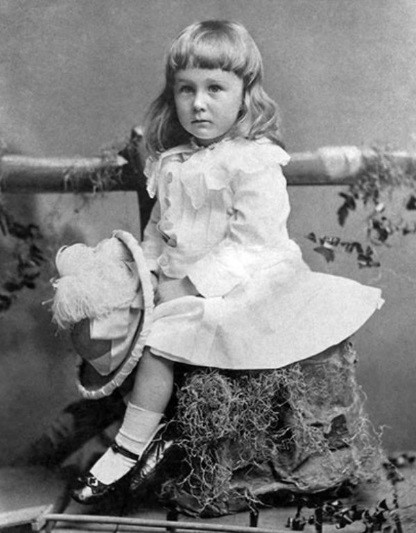
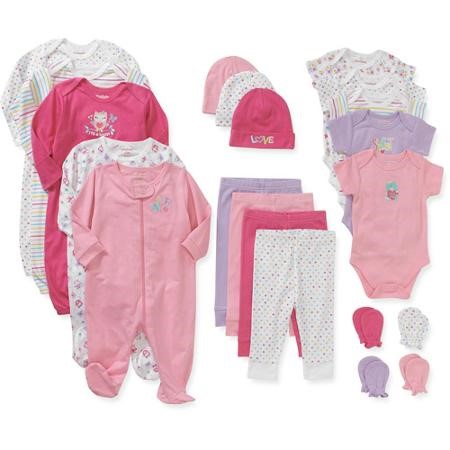
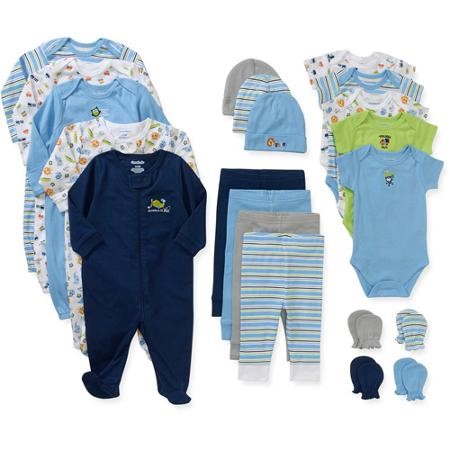
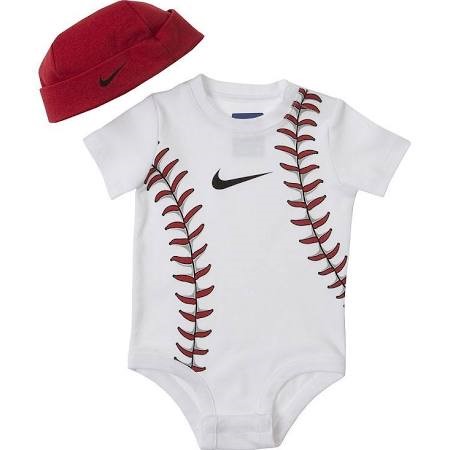
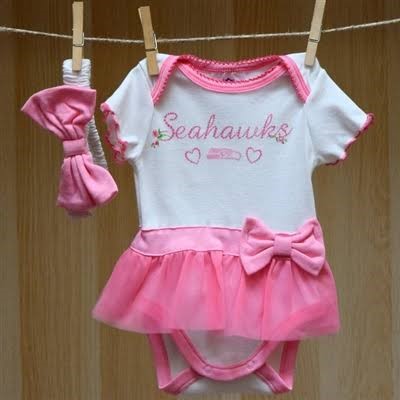
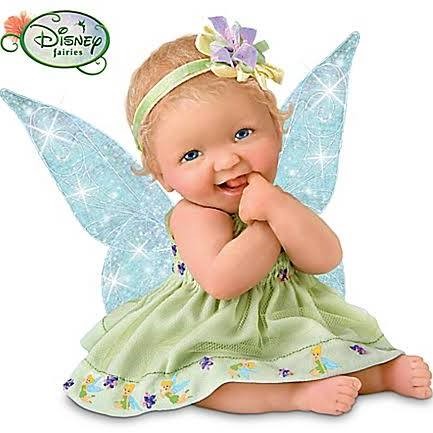
 RSS Feed
RSS Feed